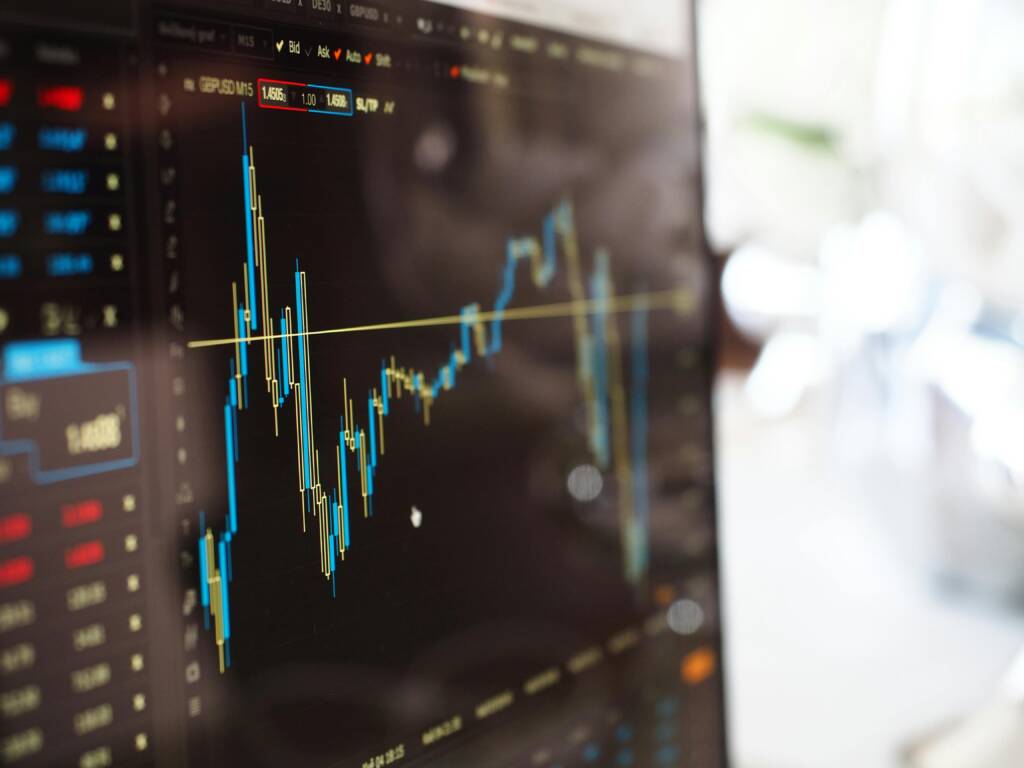In the world of trading, leverage is a powerful tool that can amplify both potential gains and potential losses. Leverage allows traders to control a larger position in the market with a relatively small amount of capital. This concept is particularly prominent in forex trading, where brokers like MTrading offer various leverage options to their clients. Understanding the role of leverage in trading is crucial for anyone looking to maximize their trading potential while managing risks effectively.
Understanding Leverage
Leverage is essentially borrowed capital that a trader uses to increase their market exposure. It is expressed as a ratio, such as 1:50 or 1:100, indicating how much a trader can borrow compared to their initial investment. For instance, with a leverage ratio of 1:50, a trader can control $50,000 worth of assets with just $1,000 of their own money. This magnification of trading power is what makes leverage so appealing, but it also comes with significant risks.
The primary advantage of leverage is the ability to generate substantial returns on a relatively small investment. This is particularly beneficial in the forex market, where price movements are often measured in tiny increments called pips. By using leverage, traders can capitalize on these small movements to achieve larger profits. However, it is essential to remember that leverage works both ways; it can also amplify losses. Therefore, effective risk management strategies are vital when trading with leverage.
The Mechanics of Leverage in Forex Trading
Forex trading with leverage involves several key components: the margin, the leverage ratio, and the concept of margin calls. The margin is the initial deposit required to open and maintain a leveraged position. For example, if a broker like MTrading offers a leverage ratio of 1:100, a trader would need to deposit $1,000 to control a $100,000 position. This margin acts as a security deposit, ensuring that the trader can cover potential losses.
The leverage ratio determines how much a trader can borrow relative to their margin. Higher leverage ratios allow for larger market positions but also increase the risk of significant losses. For instance, a leverage ratio of 1:500 means that a trader can control $500,000 with a $1,000 margin. While this can lead to substantial profits, it also means that even a small adverse price movement can result in significant losses.
Margin calls occur when the value of a trader’s account falls below the required margin level. When this happens, the broker may demand additional funds to maintain the position or close the position to prevent further losses. This mechanism protects both the trader and the broker but underscores the importance of careful risk management and prudent use of leverage.
Benefits of Using Leverage
The primary benefit of using leverage in trading is the ability to control larger positions with a smaller amount of capital. This allows traders to diversify their portfolios and take advantage of various market opportunities without committing large sums of money. Additionally, leverage can enhance the potential returns on investment, making it an attractive option for traders with limited capital.
Leverage also enables traders to engage in more sophisticated trading strategies. For example, traders can use leverage to short sell, profiting from declining market prices. This flexibility allows traders to adapt to different market conditions and implement strategies that would be otherwise impossible without leverage.
Risks and Challenges of Leverage
While leverage offers numerous benefits, it also presents significant risks. The most obvious risk is the potential for amplified losses. Because leverage increases market exposure, even small adverse price movements can result in substantial losses. This risk is particularly pronounced in volatile markets, where prices can fluctuate rapidly and unpredictably.
Another challenge associated with leverage is the psychological impact of trading with borrowed capital. The potential for large profits can lead to overconfidence and excessive risk-taking, while the fear of significant losses can cause stress and emotional decision-making. Successful leveraged trading requires discipline, emotional control, and a solid understanding of the markets.
Risk Management Strategies
Effective risk management is crucial when trading with leverage. One of the most important strategies is to use stop-loss orders, which automatically close a position when it reaches a predetermined loss level. This helps to limit potential losses and protect the trader’s capital.
Diversification is another key risk management strategy. By spreading investments across different assets and markets, traders can reduce the impact of adverse price movements in any single asset. Additionally, traders should carefully consider their leverage ratio, using only as much leverage as they are comfortable with and can afford to lose.
Conclusion
Leverage is a powerful tool in the world of trading, offering the potential for substantial profits while also carrying significant risks. Forex brokers like MTrading provide traders with the opportunity to use leverage to their advantage, but it is essential to approach leveraged trading with caution and a thorough understanding of the associated risks. By implementing effective risk management strategies and maintaining discipline, traders can harness the power of leverage to enhance their trading performance and achieve their financial goals.
